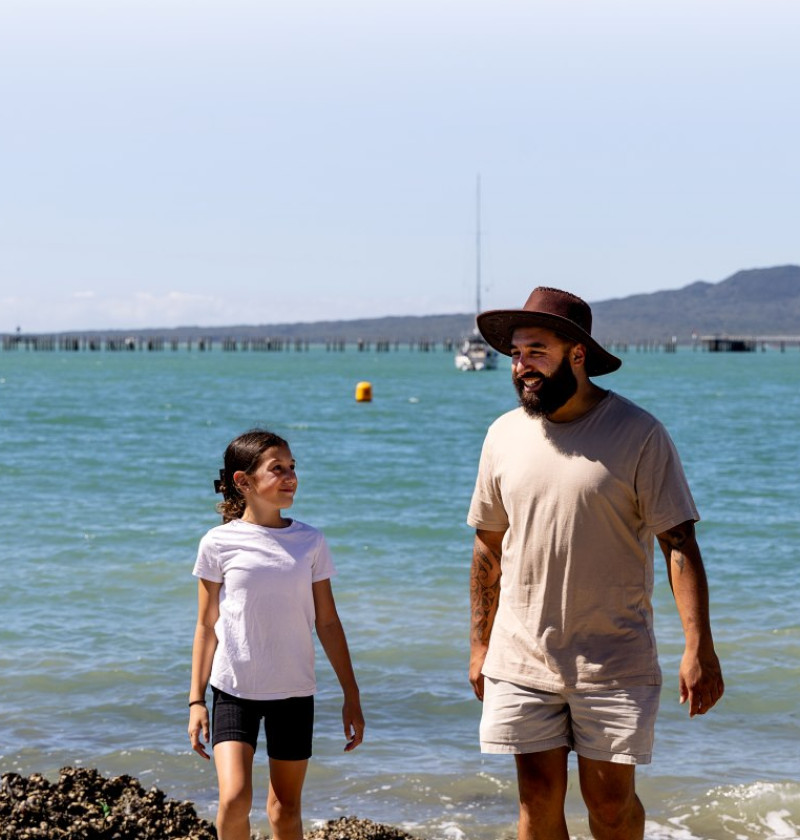2. Our coasts and estuaries are affected by a changing ocean


Section themes
Indigenous coastal, estuarine and marine species and ecosystems are valuable natural assets. They provide vital protection from coastal hazards, store carbon, support biodiversity, and underpin cultural and economic wellbeing. Yet these environments are increasingly at risk from the compounding impacts of climate change and human development. Critically, the effects of a changing climate and human activities on the ocean lead to changes in our coasts and estuaries as well.
This section examines how climate change compounds other pressures on coastal and marine species, habitats and ecosystems. Sea-level rise intensifies erosion and flooding risks in some areas and contributes to coastal squeeze, where natural habitats are trapped between rising seas and built infrastructure. The increasing frequency and severity of extreme weather events – including rain, winds and waves – add to these pressures, damaging ecosystems and infrastructure. Acidification is also more intense in coastal waters, due to increased carbon dioxide levels. Other pressures faced by coastal habitats and ecosystems include marine heatwaves, the increased mobility of invasive species, and marine diseases. All of these pressures are having devastating impacts on indigenous populations, and those impacts are predicted to continue.
These changes threaten the ability of coastal and estuarine systems to support the lifecycle of many species. They also undermine the ability of these systems to support cultural values and to deliver essential services such as carbon sequestration and natural coastal protection.
1 Only some known species of marine invertebrates have been assessed for extinction threat status and estimated population trends.

2. Our coasts and estuaries are affected by a changing ocean
October 2025
© Ministry for the Environment